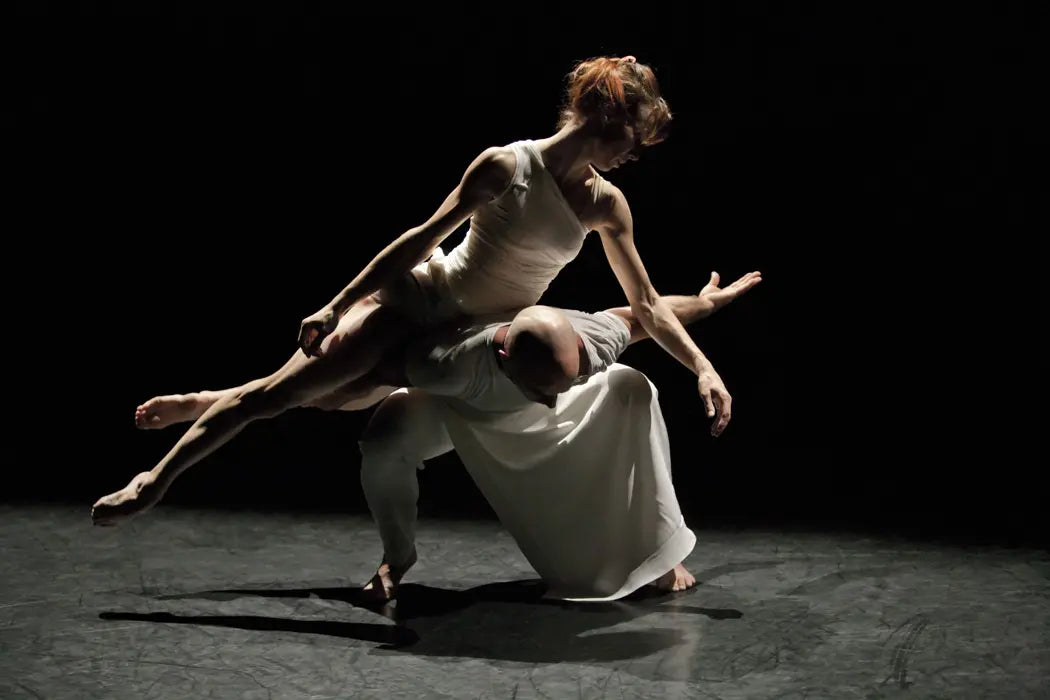Dancing and Screaming Against the Sky
“Profanations,” created by choreographer Faustin Linyekula and music artist Franck Moka, is not a “just” dance piece: it’s a live concert, a cinematic séance.
Continua a leggere
World-class review of ballet and dance.
There are few dancers who can reconcile vigour and grace as seamlessly as Sylvie Guillem, she of Paris Opera and Royal Ballet fame. The French superstar teamed up with the acclaimed Russell Maliphant to create “Push” back in 2005, and nine years, dozens of performances and a handful of awards later, the programme feels fresh as ever as it returns to London for its final run.
Performance
Place
Words

Russell Maliphant and Sylvie Guillem in “Push” choreography by Russell Maliphant. Photograph by Johan Persson


“Uncommonly intelligent, substantial coverage.”
Your weekly source for world-class dance reviews, interviews, articles, and more.
Already a paid subscriber? Login
“Profanations,” created by choreographer Faustin Linyekula and music artist Franck Moka, is not a “just” dance piece: it’s a live concert, a cinematic séance.
Continua a leggereWhen Alban Lendorf (b. 1989) was four, he became attentive to the piano. As he explained in an interview with Pointe magazine, when his lessons advanced to the learning of a Chopin waltz, his piano teacher suggested he take dance classes to help open up the music. From the school of The Royal Danish Ballet to the company, his career rocketed forward; by the time he turned twenty-one, he was a principal dancer, still playing the piano and testing a latent gift for acting.
Continua a leggereMarie Antoinette is not an entirely sympathetic character. Her penchant for luxury and extravagance—and the degree to which she was out of touch with the lives of the majority— made her a symbol of the wealth disparity that prompted the French Revolution.
Continua a leggereAscending the Guggenheim Museum's rings through Rashid Johnson's retrospective, “A Poem for Deep Thinkers,” is a dance in of itself.
Continua a leggere
comments